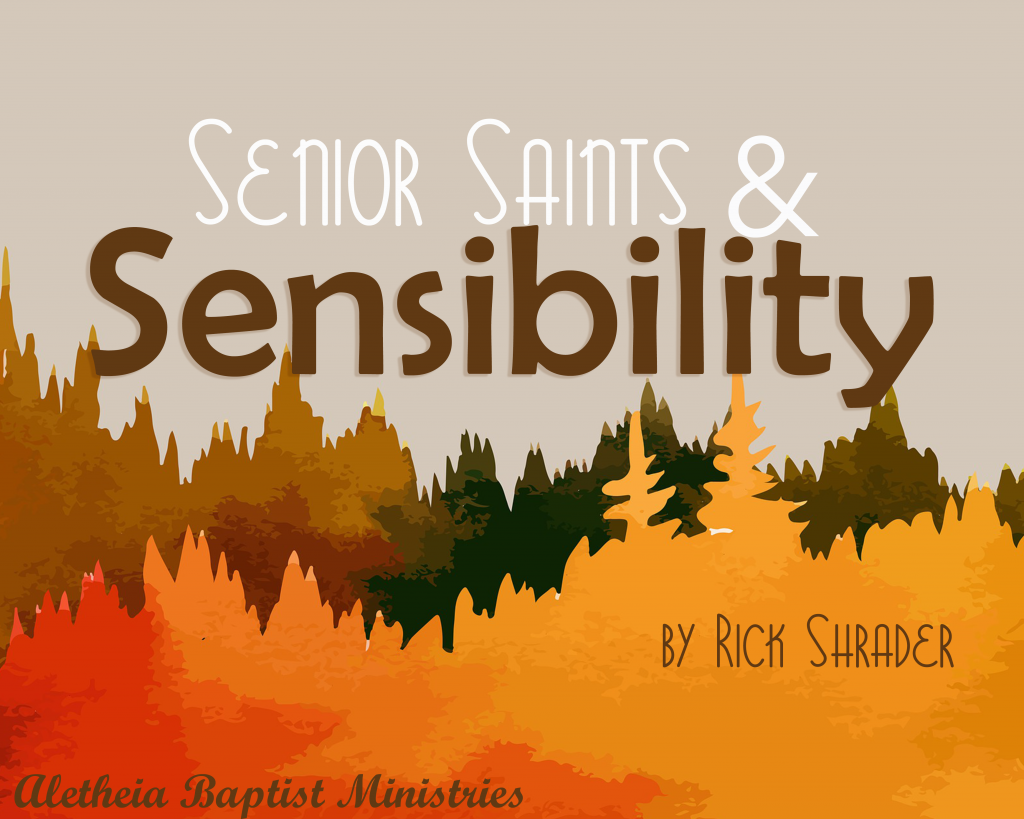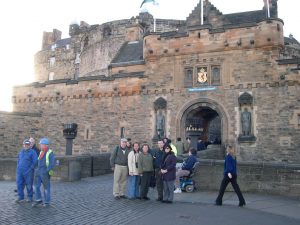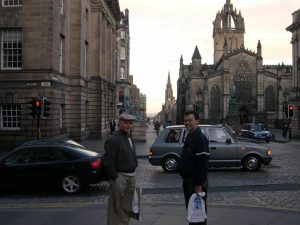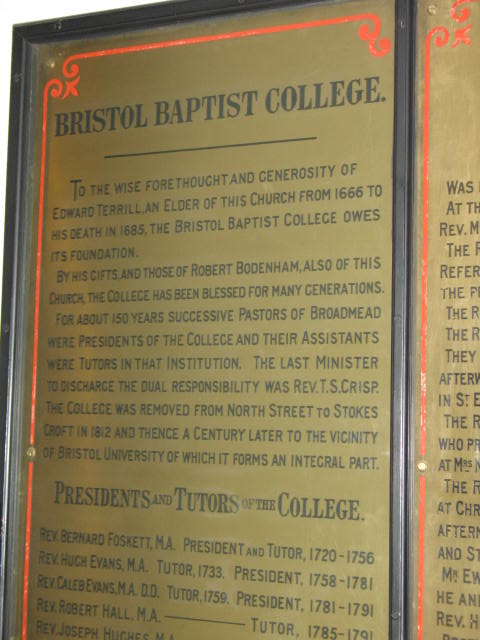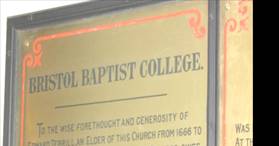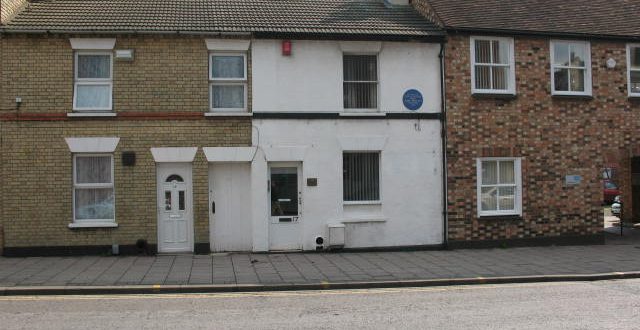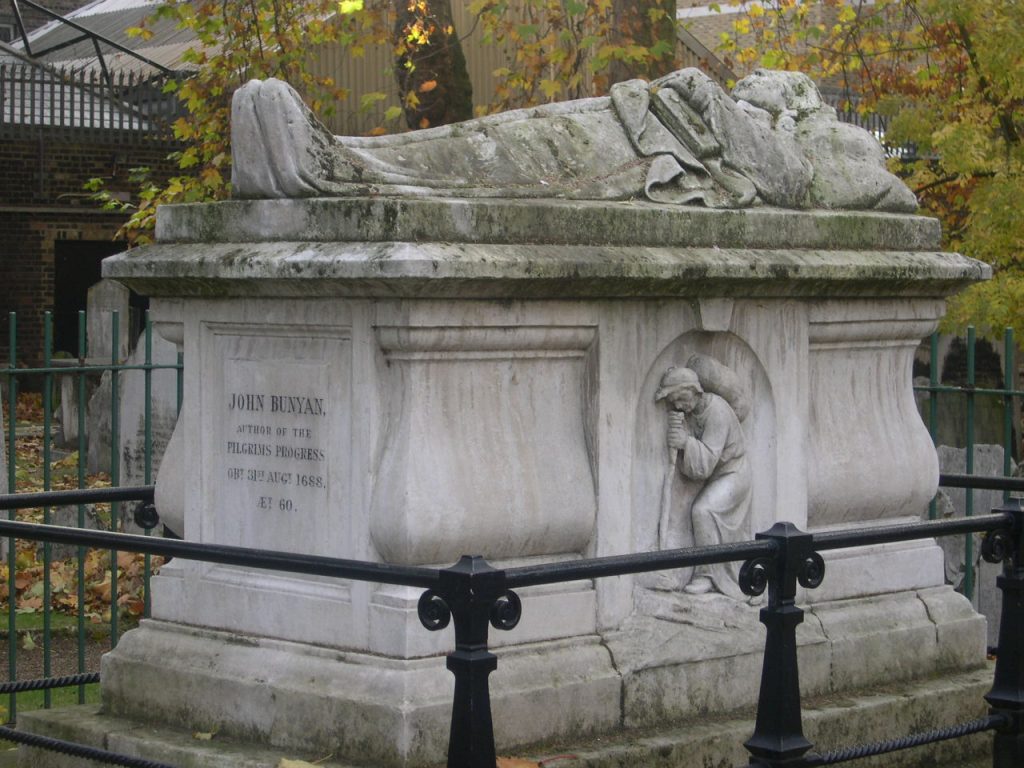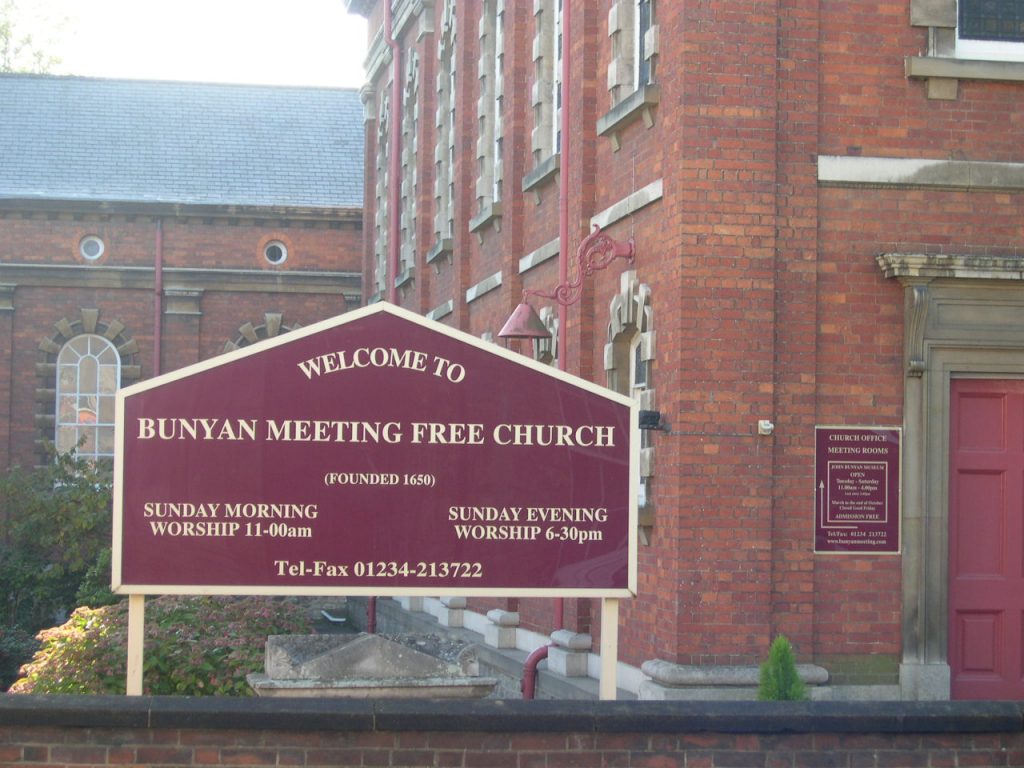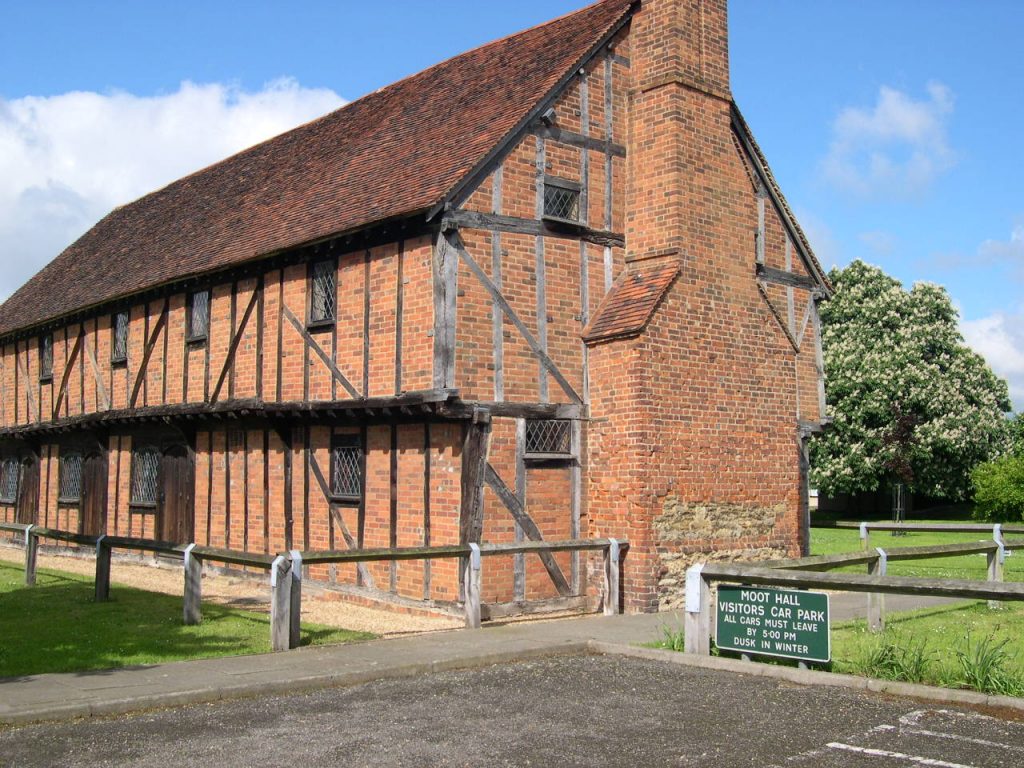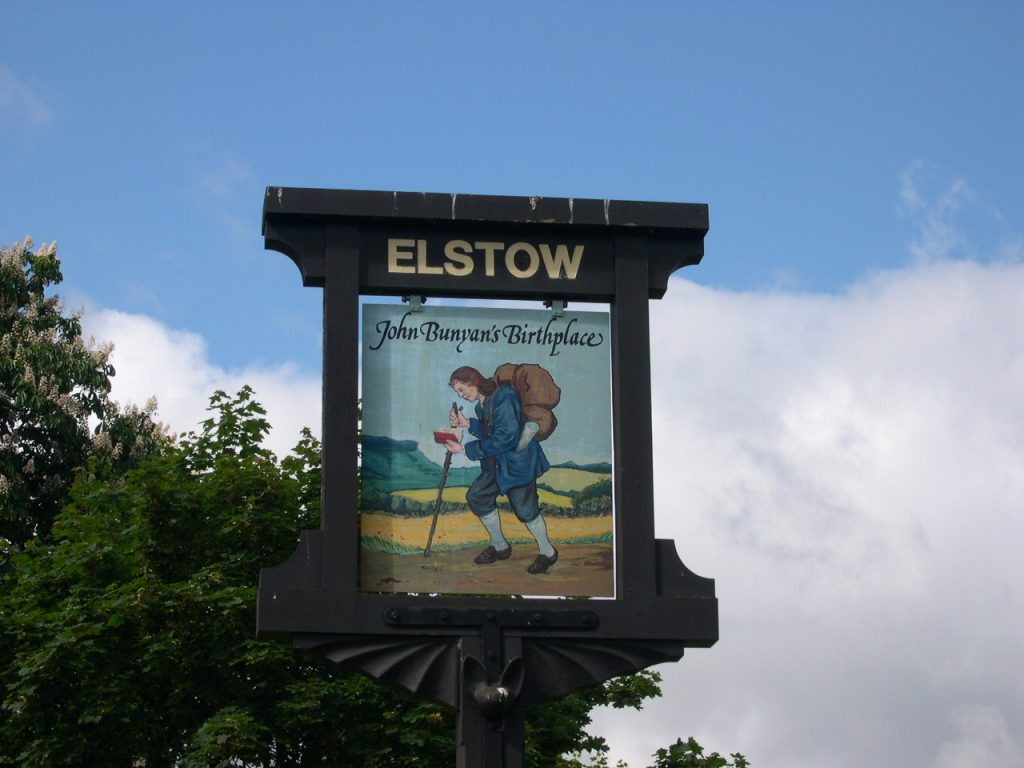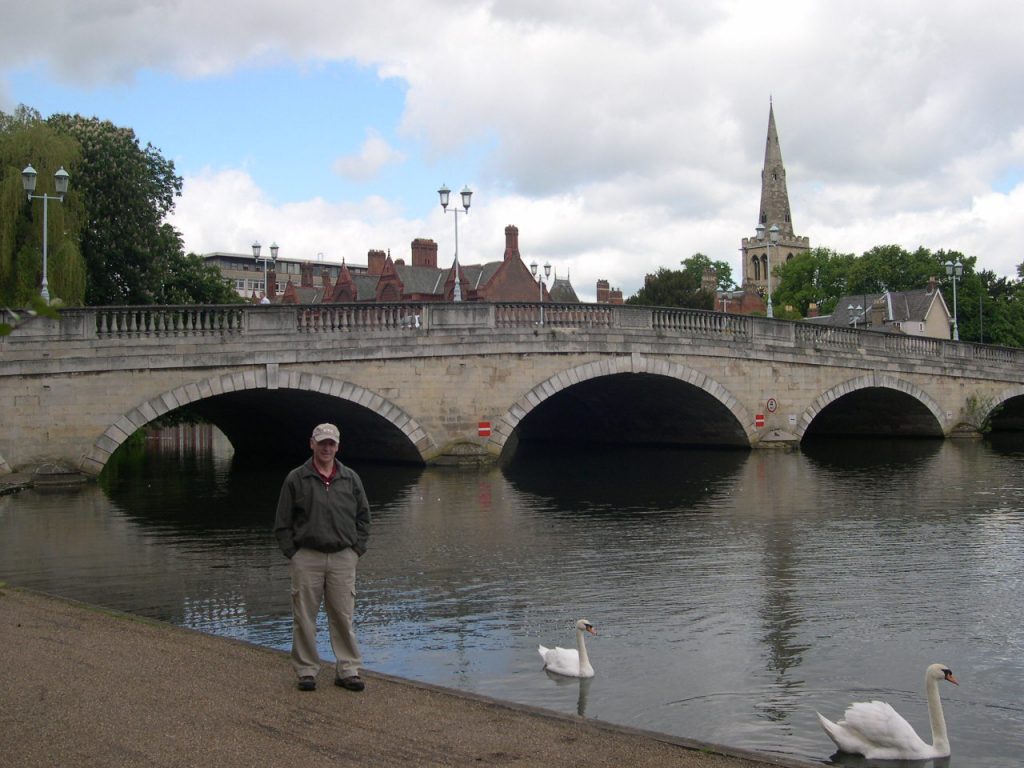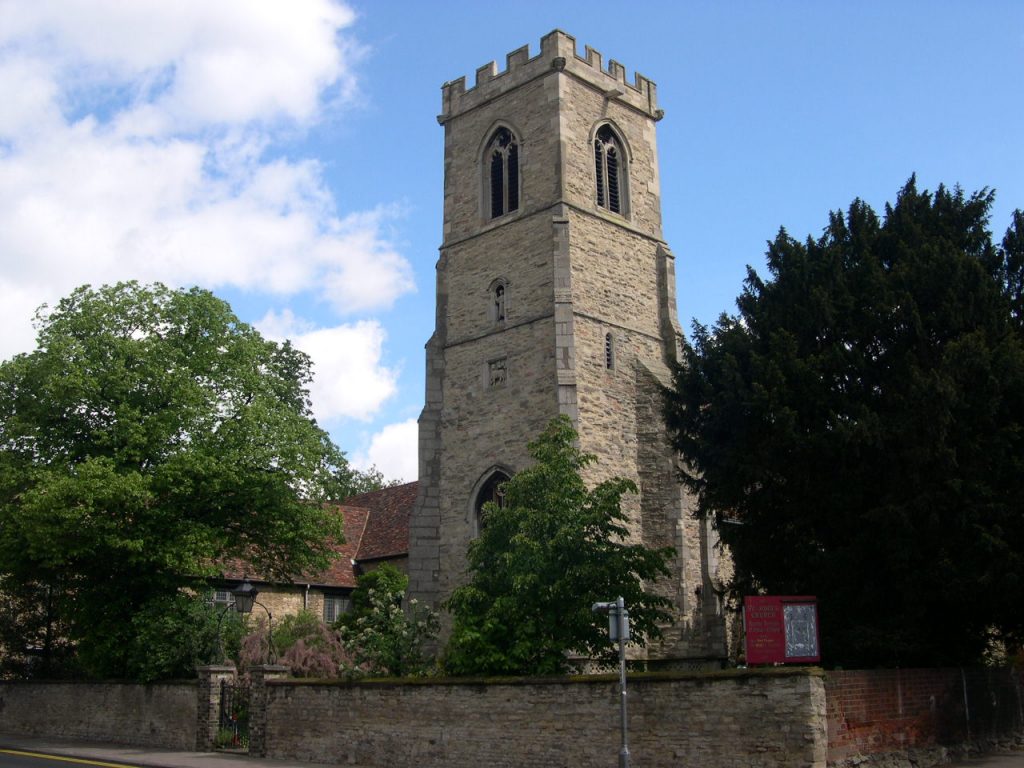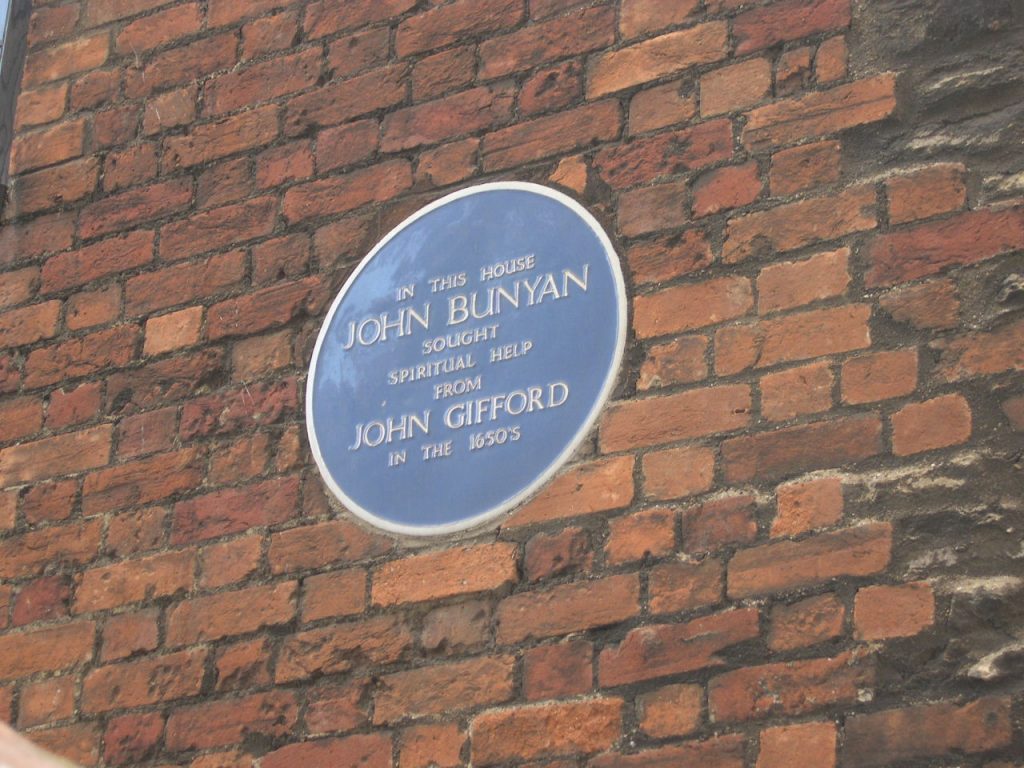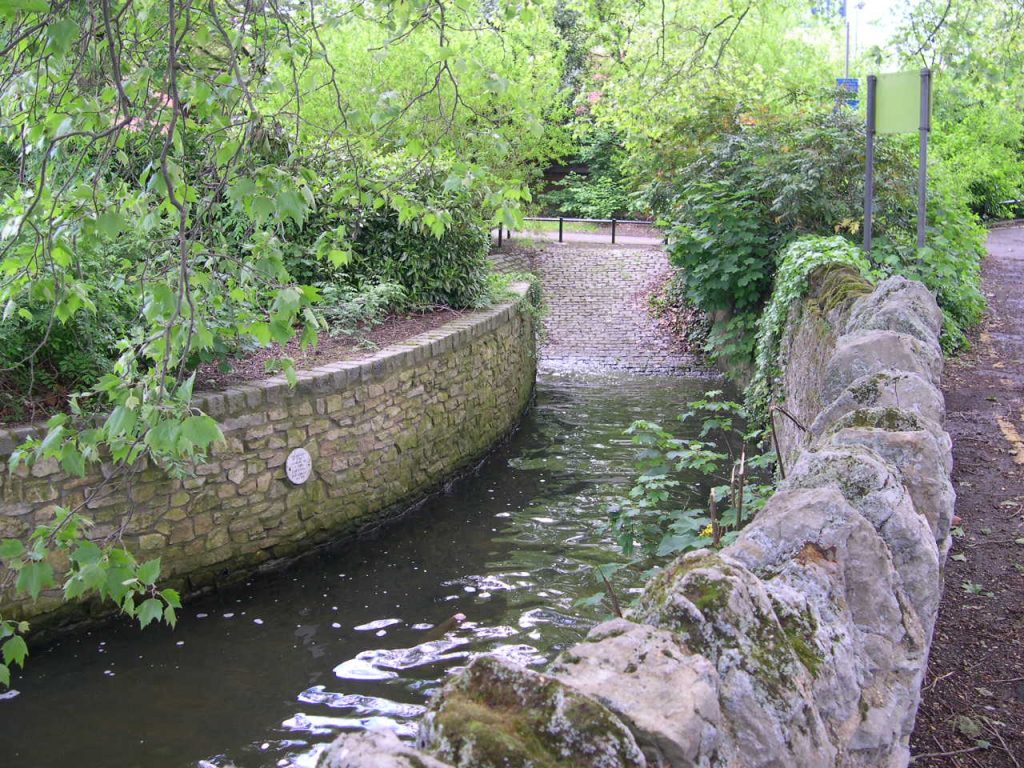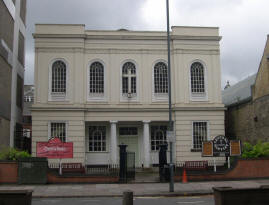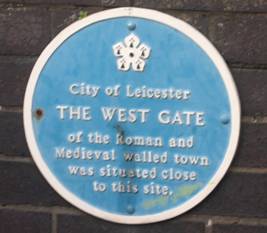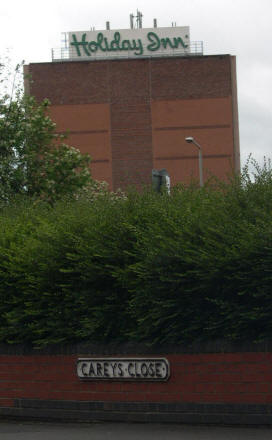Edinburgh, Scotland (#14)
by Debra Conley
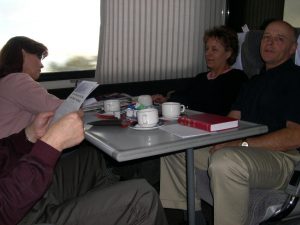
If you ask for a direct train, the trip from London to Edinburgh, Scotland, takes about five hours. The scenery is most pleasant, whisking through the Midlands, past Hadrian’s Wall, and stopping briefly in larger stations at York, Darlington, and Newcastle. Once you leave Newcastle, the train route follows the coast of the North Sea toward Berwick, the last English town before Scotland. From there the route turns inland for another hour into Edinburgh, the capital of Scotland. Upon arrival at Waverly Station, take time to walk around and see how close you are to the main sites of interest before hiring a cab or car. You may just want to walk to your hotel and enjoy the view.
If you really want to experience stepping back into Medieval times, Edinburgh is the place to do it. Quintessentially preserved from its 12th Century beginnings, the Royal Mile is the original main street of the town stretching from the massive fortress Castle at the top to the Palace of the Queen, Holyrood (“rood” means cross), at the bottom of the hill where the street (High Street) meets the North Sea. It is about a one mile walk, so start at the castle and walk down the hill to Holyrood Palace. Along the way, there will be all kinds of souvenir shops, eating establishments, small museums, and lots of history. Take time to notice the original town gate and outlook tower about midway down the mile. Buildings are the original rock and mud-mortar structures with their small stature openings and gated “close” alleys – 66 of them (see Column 9-08).
A tour of the Edinburgh Castle is a must because the history is fascinating and some of it, the birth of King James VI (James I of England) and the battle of Queen Mary with John Knox and the Protestant movement is included in our study. The Mons Meg, a giant cannon used at the castle for centuries to alert sailors to the time of the tides and citizens to any impending danger is on display (a newer cannon still fires the traditional 1:00 P.M. salute every day) as are the rooms where Mary, James, and others lived. The Scottish Crown Jewels are also housed in the castle and can be seen on the tour.
